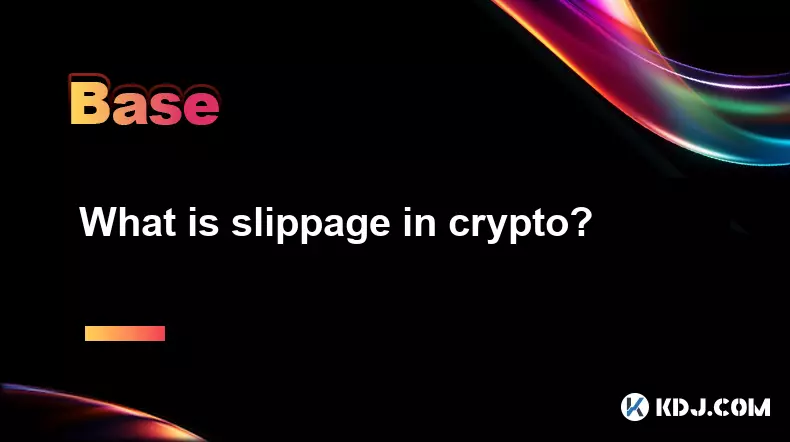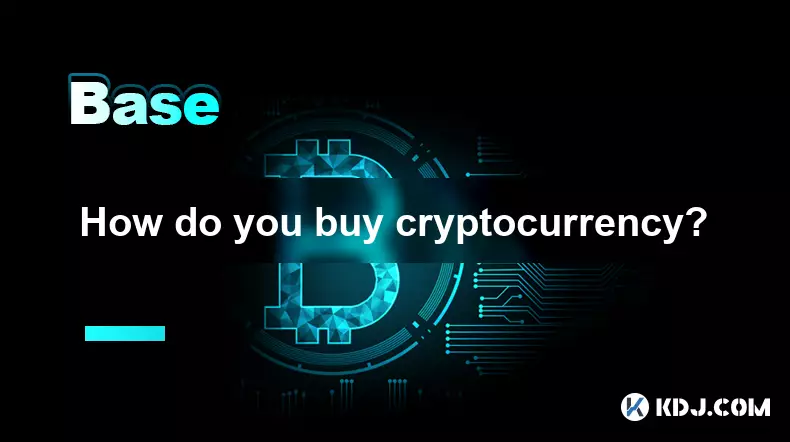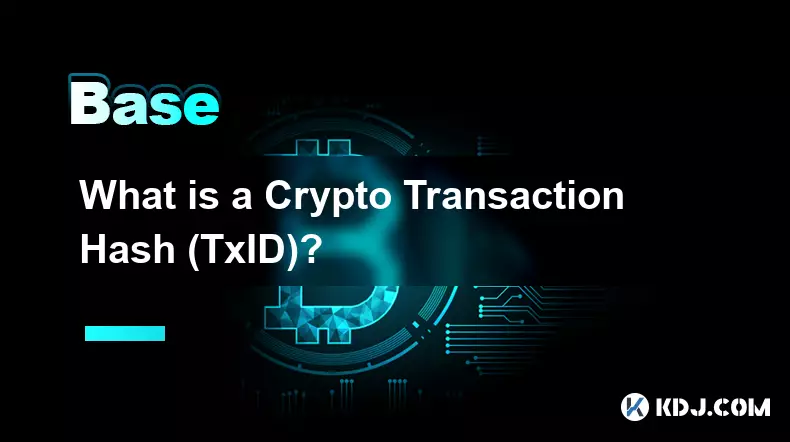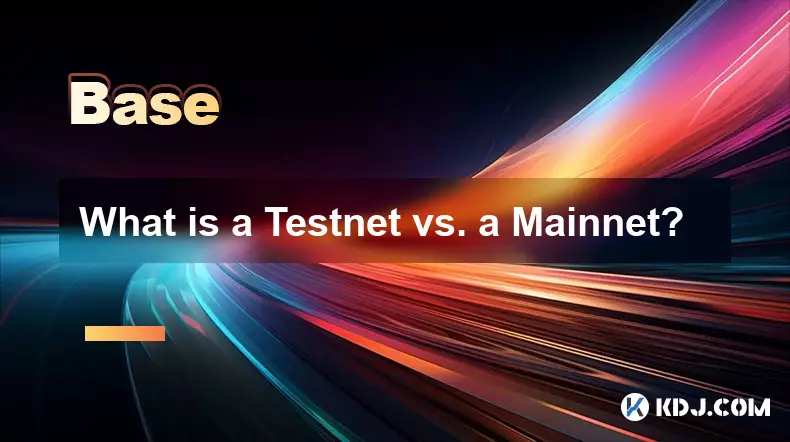-
 Bitcoin
Bitcoin $111100
0.49% -
 Ethereum
Ethereum $4304
0.21% -
 XRP
XRP $2.888
2.36% -
 Tether USDt
Tether USDt $0.9999
-0.03% -
 BNB
BNB $879.1
1.62% -
 Solana
Solana $207.9
2.67% -
 USDC
USDC $0.9998
-0.01% -
 Dogecoin
Dogecoin $0.2320
7.05% -
 TRON
TRON $0.3306
0.59% -
 Cardano
Cardano $0.8407
1.68% -
 Hyperliquid
Hyperliquid $48.50
3.55% -
 Chainlink
Chainlink $22.52
0.46% -
 Ethena USDe
Ethena USDe $1.001
-0.02% -
 Sui
Sui $3.395
0.74% -
 Bitcoin Cash
Bitcoin Cash $602.5
0.82% -
 Stellar
Stellar $0.3645
1.67% -
 Avalanche
Avalanche $24.82
0.93% -
 Hedera
Hedera $0.2211
0.99% -
 UNUS SED LEO
UNUS SED LEO $9.606
0.00% -
 Cronos
Cronos $0.2583
-2.44% -
 Litecoin
Litecoin $113.7
0.82% -
 Toncoin
Toncoin $3.094
0.39% -
 Shiba Inu
Shiba Inu $0.00001254
1.50% -
 Polkadot
Polkadot $4.040
4.96% -
 Uniswap
Uniswap $9.429
0.08% -
 Dai
Dai $0.9999
-0.01% -
 Ethena
Ethena $0.7629
3.04% -
 World Liberty Financial
World Liberty Financial $0.2111
-13.16% -
 Monero
Monero $269.9
0.50% -
 Aave
Aave $300.9
-0.41%
What is a "Gwei" in Ethereum?
Gwei, a unit of ETH, measures gas prices on Ethereum, enabling precise transaction fees and faster confirmations during network congestion.
Sep 03, 2025 at 03:18 am

Understanding Gwei in the Ethereum Network
1. Gwei is a denomination of the cryptocurrency Ether (ETH), used primarily to measure gas prices on the Ethereum blockchain. One Gwei equals 0.000000001 ETH, or 10^-9 ETH. This small unit makes it easier for users and developers to express transaction fees without dealing with long decimal numbers.
2. When users send transactions or interact with smart contracts on Ethereum, they must pay a fee in gas. This fee compensates miners or validators for computational resources used. The cost of gas is set in Gwei, allowing for precise pricing even when ETH’s value fluctuates significantly.
3. The term “Gwei” is short for giga-wei, where “giga” denotes a billion. It is named after Wei Dai, a cryptographer who contributed to early cryptographic and blockchain research. One ETH equals 1,000,000,000 Gwei, making it a convenient subunit for micro-payments in network operations.
4. Wallets and decentralized applications typically display gas fees in Gwei to provide transparency. Users can adjust the Gwei value they are willing to pay, influencing how quickly their transaction is confirmed. Higher Gwei values lead to faster processing during network congestion.
Role of Gwei in Transaction Efficiency
1. The Ethereum network operates on a competitive gas market. During peak usage, users often increase the Gwei per unit of gas to prioritize their transactions. This bidding mechanism ensures that those willing to pay more get faster confirmations.
2. Gas limit and gas price in Gwei together determine the total transaction cost. For example, a transaction with a gas limit of 21,000 units and a gas price of 20 Gwei costs 0.00042 ETH (21,000 × 20 × 10^-9). Users must balance speed and cost when setting these values.
3. Tools like Etherscan’s gas tracker or MetaMask’s built-in estimator provide real-time Gwei recommendations. These tools analyze current network demand and suggest low, average, or high Gwei rates based on desired confirmation speed.
4. During events like NFT mints or major DeFi launches, Gwei prices can spike dramatically. Users aiming to participate often set aggressive Gwei bids, sometimes exceeding 100 Gwei, to ensure inclusion in the next block.
Impact of Network Upgrades on Gwei Dynamics
1. Ethereum’s transition from Proof of Work to Proof of Stake altered how transaction fees are handled. While Gwei remains the standard unit for gas pricing, the elimination of miners shifted fee distribution to validators and introduced new mechanisms like EIP-1559.
2. EIP-1559 introduced a base fee, denominated in Gwei, which is burned rather than given to validators. This change reduced inflationary pressure on ETH and made fee prediction more predictable. Users now pay the base fee plus an optional priority fee (tip) in Gwei to validators.
3. The base fee adjusts dynamically based on block congestion. If a block is more than half full, the base fee increases; if under half, it decreases. This mechanism stabilizes Gwei prices over time, reducing extreme volatility during traffic surges.
4. Layer 2 solutions like Arbitrum and Optimism also use Gwei for gas pricing, but transactions are significantly cheaper due to off-chain computation. Users interact with the same unit, maintaining consistency across Ethereum’s ecosystem.
Frequently Asked Questions
What happens to the Gwei I pay in transaction fees?Part of the Gwei paid goes to validators as a tip, especially under EIP-1559. The base fee portion is permanently removed from circulation through burning, reducing the total supply of ETH over time.
Can Gwei prices be zero?In theory, during periods of very low network activity, the base fee in Gwei can approach zero. However, a minimal priority fee in Gwei is usually required to incentivize validators to include the transaction.
How do I check current Gwei rates?Websites like GasNow, Etherscan Gas Tracker, or blockchain explorers provide live updates on recommended Gwei prices. Wallets such as MetaMask also display real-time gas estimates before transaction submission.
Is Gwei used outside Ethereum?Gwei is specific to Ethereum and its related ecosystems, including Layer 2 networks. Other blockchains may use different denominations or fee structures and do not typically reference Gwei.
Disclaimer:info@kdj.com
The information provided is not trading advice. kdj.com does not assume any responsibility for any investments made based on the information provided in this article. Cryptocurrencies are highly volatile and it is highly recommended that you invest with caution after thorough research!
If you believe that the content used on this website infringes your copyright, please contact us immediately (info@kdj.com) and we will delete it promptly.
- BlockchainFX, Bitcoin Hyper, and Little Pepe: Which Presale is the Real Deal?
- 2025-09-08 22:30:12
- Somnia Price Rally: Why This Cryptocurrency Is Surging
- 2025-09-08 22:30:12
- BlockchainFX: The Trading App with 1000x Potential?
- 2025-09-08 22:30:13
- BlockchainFX, Altcoins, and 2025 Growth: A NYC Perspective
- 2025-09-08 22:30:13
- Bitcoin, BlockchainFX Presale, and the Blockchain Revolution: What's Next?
- 2025-09-08 22:35:15
- Justin Sun, Crypto Regulation, and Investment Opportunities: A NYC Perspective
- 2025-09-08 22:35:15
Related knowledge

What is slippage in crypto?
Sep 08,2025 at 08:55pm
Understanding Slippage in Cryptocurrency Trading1. Slippage refers to the difference between the expected price of a trade and the actual price at whi...

How do you buy cryptocurrency?
Sep 08,2025 at 07:54pm
Understanding the Basics of Cryptocurrency Purchases1. To buy cryptocurrency, you must first choose a reliable digital currency exchange. Platforms li...

What is a Crypto Transaction Hash (TxID)?
Sep 07,2025 at 01:18pm
Understanding the Role of a Crypto Transaction Hash1. A crypto transaction hash, often referred to as TxID, is a unique identifier generated when a tr...

What is On-Chain and Off-Chain Data?
Sep 07,2025 at 04:55pm
Understanding On-Chain Data1. On-chain data refers to all information that is recorded directly on a blockchain. Every transaction, smart contract exe...

What is a Testnet vs. a Mainnet?
Sep 08,2025 at 05:55am
Understanding the Core Differences Between Testnet and Mainnet1. A Testnet is a parallel blockchain network used exclusively for testing purposes. Dev...

How to do Your Own Research (DYOR) in Crypto?
Sep 08,2025 at 08:00am
Understanding the Foundations of Crypto Projects1. Every cryptocurrency project starts with a foundational whitepaper. This document outlines the tech...

What is slippage in crypto?
Sep 08,2025 at 08:55pm
Understanding Slippage in Cryptocurrency Trading1. Slippage refers to the difference between the expected price of a trade and the actual price at whi...

How do you buy cryptocurrency?
Sep 08,2025 at 07:54pm
Understanding the Basics of Cryptocurrency Purchases1. To buy cryptocurrency, you must first choose a reliable digital currency exchange. Platforms li...

What is a Crypto Transaction Hash (TxID)?
Sep 07,2025 at 01:18pm
Understanding the Role of a Crypto Transaction Hash1. A crypto transaction hash, often referred to as TxID, is a unique identifier generated when a tr...

What is On-Chain and Off-Chain Data?
Sep 07,2025 at 04:55pm
Understanding On-Chain Data1. On-chain data refers to all information that is recorded directly on a blockchain. Every transaction, smart contract exe...

What is a Testnet vs. a Mainnet?
Sep 08,2025 at 05:55am
Understanding the Core Differences Between Testnet and Mainnet1. A Testnet is a parallel blockchain network used exclusively for testing purposes. Dev...

How to do Your Own Research (DYOR) in Crypto?
Sep 08,2025 at 08:00am
Understanding the Foundations of Crypto Projects1. Every cryptocurrency project starts with a foundational whitepaper. This document outlines the tech...
See all articles

























![[Pycoin] PI Coin -US President (Trump) Declaration ?? !! 'US' runs first. / Paikoin mining speed acceleration [Pycoin] PI Coin -US President (Trump) Declaration ?? !! 'US' runs first. / Paikoin mining speed acceleration](/uploads/2025/09/08/cryptocurrencies-news/videos/pycoin-pi-coin-president-trump-declaration-runs-paikoin-mining-speed-acceleration/68bed38c01e7a_image_500_375.webp)































































